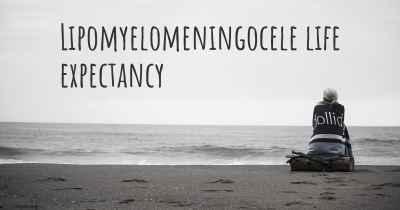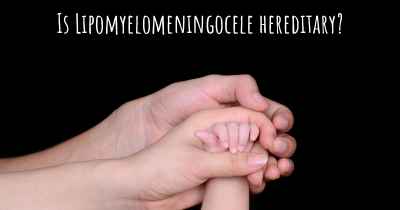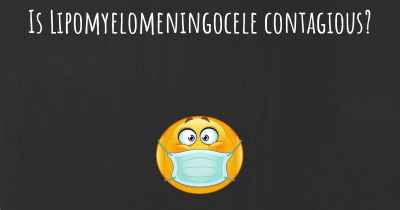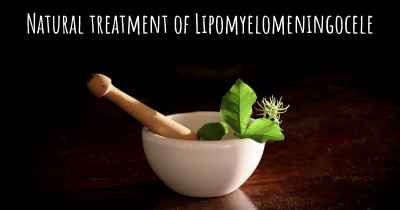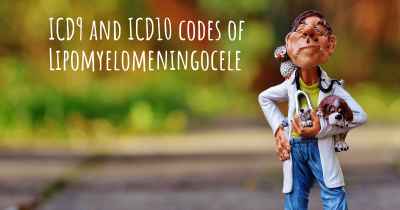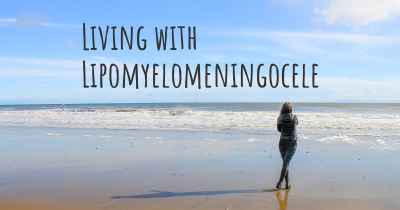What are the best treatments for Lipomyelomeningocele?
See the best treatments for Lipomyelomeningocele here

Treatments for Lipomyelomeningocele
Lipomyelomeningocele is a rare congenital condition characterized by the presence of a fatty mass or lipoma attached to the spinal cord. It is a type of spina bifida, a neural tube defect that occurs during fetal development. Lipomyelomeningocele can cause various neurological symptoms and complications, and therefore, early diagnosis and appropriate treatment are crucial for optimal outcomes.
1. Surgical Intervention:
The primary treatment for lipomyelomeningocele is surgical intervention. The goal of surgery is to remove the lipoma and untether the spinal cord, relieving any tension or compression on the nerves. The procedure is typically performed during infancy or early childhood to prevent further damage to the spinal cord and nerves.
2. Lipoma Excision:
The surgical procedure involves removing the lipoma from the spinal cord. The neurosurgeon carefully dissects the lipoma from the surrounding tissues and detaches it from the spinal cord. This step requires precision to avoid any damage to the spinal cord or nerves.
3. Dural Repair:
After the lipoma is excised, the dura mater (the protective covering of the spinal cord) is repaired. This helps prevent cerebrospinal fluid (CSF) leakage and provides additional protection to the spinal cord.
4. Tethered Cord Release:
In cases where the spinal cord is tethered or attached to the lipoma, a tethered cord release procedure may be performed. This involves detaching the spinal cord from any adhesions or attachments to allow it to move freely within the spinal canal.
5. Neurological Monitoring:
During the surgery, intraoperative neurophysiological monitoring is often used to assess the function of the spinal cord and nerves. This helps the surgeon make real-time decisions and minimize the risk of nerve damage during the procedure.
6. Postoperative Care:
After surgery, close monitoring and postoperative care are essential. The patient may require pain management, antibiotics to prevent infection, and physical therapy to aid in recovery and rehabilitation.
7. Long-Term Follow-Up:
Long-term follow-up is necessary to monitor the patient's neurological function, assess any potential complications, and provide appropriate interventions if needed. Regular check-ups and imaging studies may be recommended to ensure the stability of the surgical repair and overall well-being of the patient.
8. Multidisciplinary Approach:
The treatment of lipomyelomeningocele often involves a multidisciplinary team of healthcare professionals, including neurosurgeons, pediatricians, orthopedic surgeons, physical therapists, and urologists. This collaborative approach ensures comprehensive care and addresses the various aspects of the condition.
9. Individualized Treatment:
Each case of lipomyelomeningocele is unique, and the treatment approach may vary depending on the specific characteristics and severity of the condition. The surgical technique and postoperative care plan are tailored to the individual patient's needs to optimize outcomes.
10. Early Intervention:
Early diagnosis and intervention are crucial for lipomyelomeningocele. Prenatal ultrasound or postnatal imaging studies can help identify the condition, allowing for timely surgical intervention and minimizing the risk of complications.
In conclusion, the best treatments for lipomyelomeningocele involve surgical intervention to remove the lipoma, repair the dura mater, and release any tethering of the spinal cord. Close monitoring, postoperative care, and long-term follow-up are essential for optimal outcomes. A multidisciplinary approach and individualized treatment plans ensure comprehensive care for patients with this rare congenital condition.
